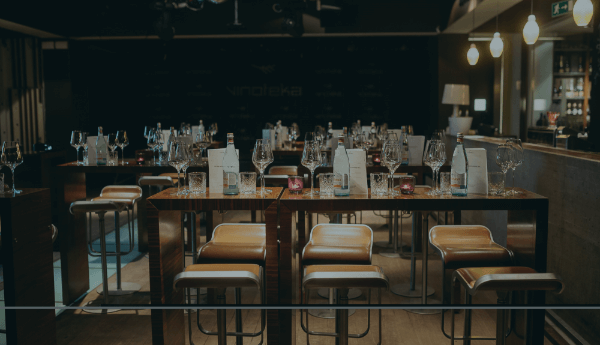
Everywhere, well-dressed Slovenes streamed past on bicycles. Along Metalkova Street, a construction site bristled with the almost-finished structure of the city’s most anticipated new venue, the Museum of Contemporary Art, which will open on Oct. Posters trumpeted new spaces like Kino Siska, a former cinema transformed into a performance hall.
#VINOTEKA MARIBOR FULL#
Though only 280,000 Slovenes inhabit their capital - including some 50,000 students - the city felt full of energy. After throwing my bag in the wood-lined interior of my room at the cheap but cheerful Hotel Center, I was soon lost in cobbled lanes lined with medieval town houses, Baroque churches and stately 19th-century edifices - and plenty of concrete eyesores left over from decades of Yugoslav Socialism. Its international airport, just outside the capital city of Ljubljana, is in the midst of a 10-year expansion that will further reveal this often overlooked Slavic country to the world.Įxhibit A is certainly Ljubljana, a city that brims with faded Hapsburg glory. Slovenia was admitted to the European Union in 2004 and adopted the euro in 2007. The intervening years have seen a full charge toward European integration. Since the Middle Ages, the land of the Slovene people has been repeatedly absorbed by empires and dictatorships - the mercantile Venetians (hence the Italian influence), the Austrian (and later Austro-Hungarian) Empire and finally Yugoslavia, from which the Slovenes separated themselves in 1991 after a 10-day war with the Yugoslav army.

Perhaps the biggest surprise is simply the existence of Slovenia, which is celebrating its 20th anniversary as an independent nation this year.


 0 kommentar(er)
0 kommentar(er)
